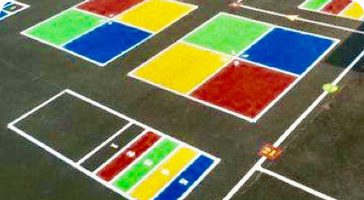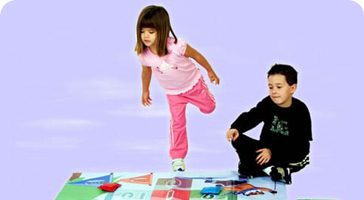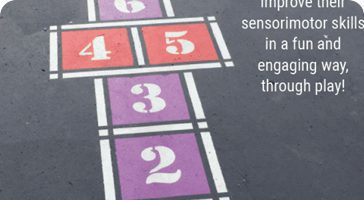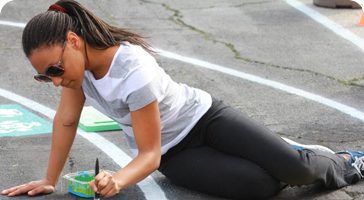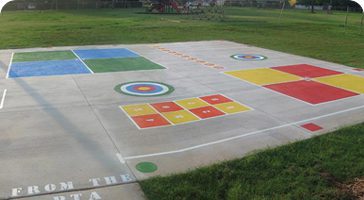The Physical Activity Divide
Is it a public health issue or a social justice issue?
by Dr. Melinda Bossenmeyer, The Recess Doctor

Over the last two decades the "physical activity divide" has gained traction in the public consciousness. It is a gap between the levels of physical activity of people from different socioeconomic backgrounds. People from lower socioeconomic backgrounds are more likely to be physically inactive than people from higher socioeconomic backgrounds. Put simply from an article in the New York Times, "Across the country, poor children and adolescents are participating far less in sports and fitness activities than more affluent youngsters are. Call it the physical divide."
There are a number of factors that contribute to the physical activity divide, including:
Access to safe and affordable places to exercise
People from lower socioeconomic backgrounds often live in areas with fewer safe and affordable places to exercise, such as parks, playgrounds, and gyms. In 2021 study by the Trust for Public Land. The study found that low-income neighborhoods have 42% fewer park acres per resident than high-income neighborhoods. The study also found that low-income neighborhoods have 44% fewer parks within walking distance.
Time constraints: People from lower socioeconomic backgrounds are more likely to work long hours and have less free time to exercise.
Lack of role models: People from lower socioeconomic backgrounds are less likely to have role models who are physically active.
Negative stereotypes about physical activity: People from lower socioeconomic backgrounds may be more likely to believe that physical activity is only for people who are already fit and healthy.
A variety of sources point to a significant gap in sports participation by income level. A Centers for Disease Control and Prevention study found that 70% of children from families with incomes above about $105,000 — four times the poverty line — participated in sports in 2020. But participation was around 51% for families in a middle-income range and 31% for families at or below the poverty line.
Ann Paulls-Neal, a longtime physical education teacher and track coach in Albuquerque, New Mexico, has watched the trend get worse in recent years. She speculated about the reasons. Families couldn't afford private sports or didn't have cars or time to ferry their children to practice, she proposed, and clubs were unthinkable "if these sites or clubs don't hold practice on a bus line."
The physical activity divide has a number of negative consequences
One of the most significant side effects of lack of physical activity is an increased risk of obesity and chronic diseases. People who are physically inactive are at increased risk of health impacting diseases of obesity and chronic diseases, such as heart disease, stroke, and type 2 diabetes.
Poor mental health: People who are physically inactive are at increased risk of poor mental health, such as depression and anxiety. Even a few minutes of PA daily has been shown to improve depression and anxiety in children and adults alike.
Reduced quality of life: People who are physically inactive are at reduced quality of life, as they are less likely to be able to participate in activities that they enjoy.
There are a number of things that can be done to reduce the physical activity divide
Making safe and affordable places to exercise more accessible: A study found that more affluent neighbors had public parks with in walking distance of their home while poorer neighbors had fewer public parks. This could include building more parks and playgrounds in low-income neighborhoods, providing free or low-cost memberships to gyms, or making it easier for people to walk or bike to work or school.
Providing more in school after school sports and physical education opportunities.
Providing more flexible work hours: This would give people from lower socioeconomic backgrounds more time to exercise during the day.
Creating more role models: This could include providing more opportunities for people from low-income neighborhoods to participate in sports and other physical activity programs, or highlighting the successes of people from low-income backgrounds who are physically active.
Challenging negative stereotypes about physical activity: This could involve educating people about the benefits of physical activity for all people, regardless of their socioeconomic background.
Reducing the physical activity divide is important for the health of all people, regardless of their socioeconomic background. Physical activity is essential for preventing obesity and chronic diseases, improving mental health, and enhancing quality of life for young children and senior citizens alike.
Melinda Bossenmeyer, Ed.D. is an expert witness for school supervision, playground injury cases, physical education, and coaching cases related to supervision. Professional articles by Dr. Bossenmeyer © Peaceful Playgrounds 1998 All Rights Reserved


